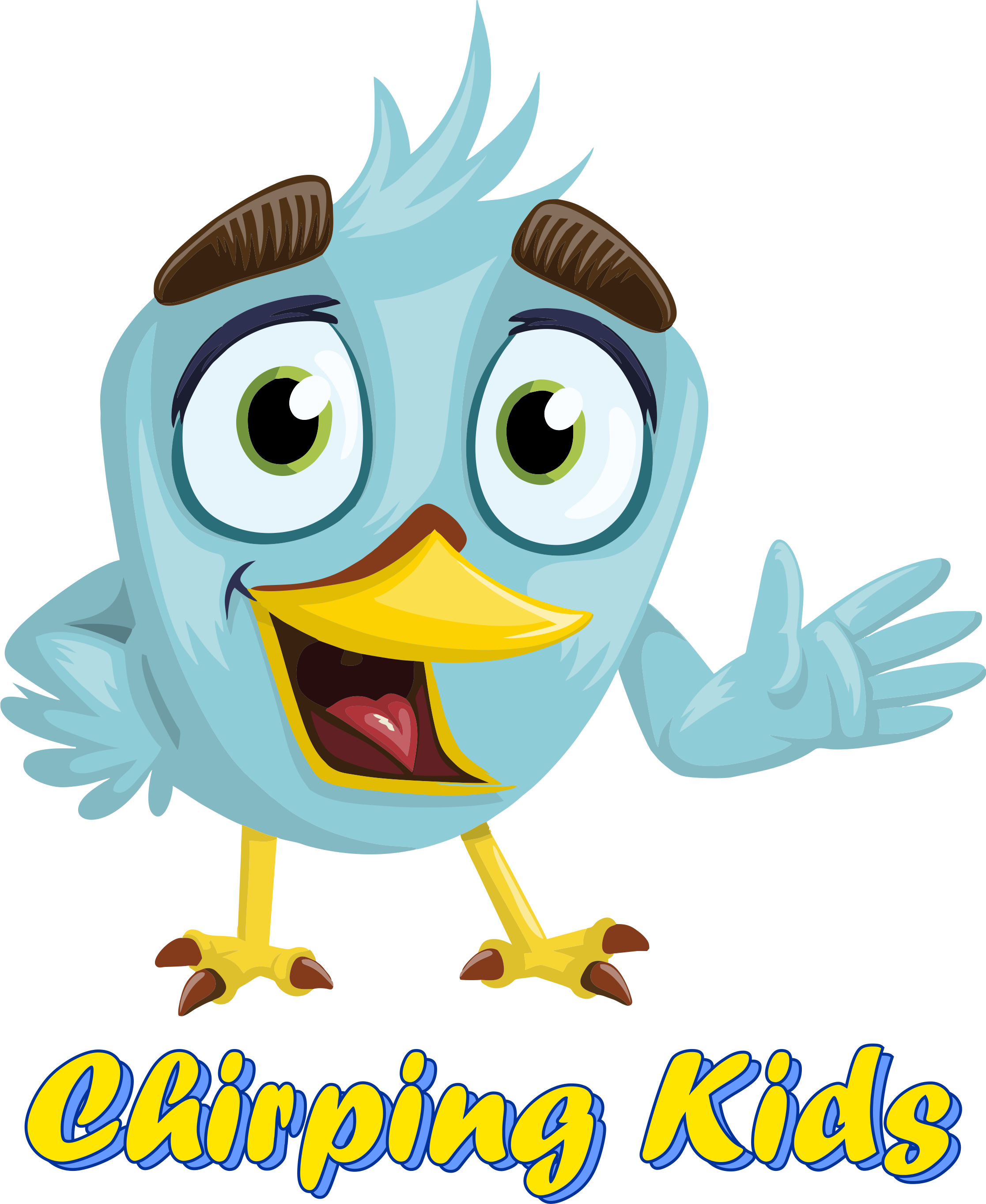Vision of Preschool Education
Early Childhood should be provided with opportunities for all round holistic development to realize their full potential. Preschool education envisions promoting access to universal, equitable, joyful, inclusive and contextualized learning opportunities for ensuring holistic development of all children between 3–6 years of age. These can be ensured by involving parents and teachers in providing an emotionally supportive, culturally rooted, child-oriented, and stimulating learning environment. It aims at maximizing individual potential by creating strong foundation for lifelong learning through play and developmentally appropriate practices. It also intends to develop healthy attitude, good values, skills of critical thinking, collaboration, communication, creativity, technology, literacy and socioemotional development. Children need to feel free to explore, express, learn and build positive self-concept.
- To ensure a child-friendly environment where each child is valued, and respected, feels safe, and secure and develops a positive self-concept.
- To enable a sound foundation for good health, well-being, nutrition, healthy habits and hygiene.
- To enable children to become effective communicators and foster both receptive and expressive language.
- To help children become involved learners, think critically, be creative, collaborate, communicate and connect with their immediate environment.
- To enable a smooth transition of children from preschool to primary schools.
- To work as partners with parents and community to enable each child to flourish.
Goals of Preschool Education

